Posters explaining the difference between editing and proofing.
These posters can act as a reminder for your students about how to edit and proof a piece of text.
This download includes two versions of the proofing symbols post, one that has the symbols and another that has blank spaces for you to add any particular symbols that may be used in your classroom.
Information on the posters include:
Editing
When editing a piece of text, you need to:
• check the text for meaning
• cut down on any wordiness
• remove or re-write any words, sentences or paragraphs that aren’t clear or don’t make sense.
Your aim is to review and change your piece of text to improve the overall quality.
Proofing
When proofreading a piece of text, you need to:
• look for and correct any spelling, punctuation, grammatical or typing errors
• check that the correct regional English has been used for the country the text is being written for e.g organized (American English), organised (British English).
Use the proofing symbols poster to identify what each symbol means.


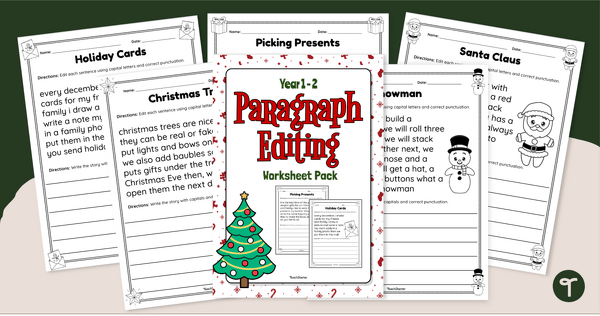
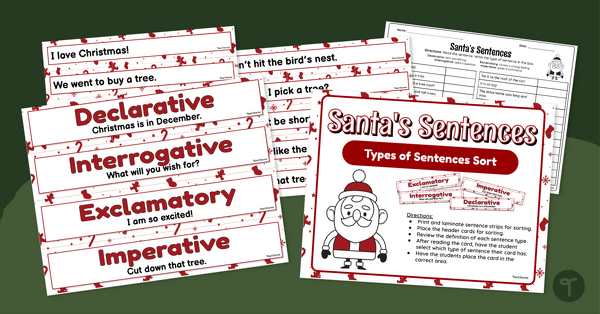
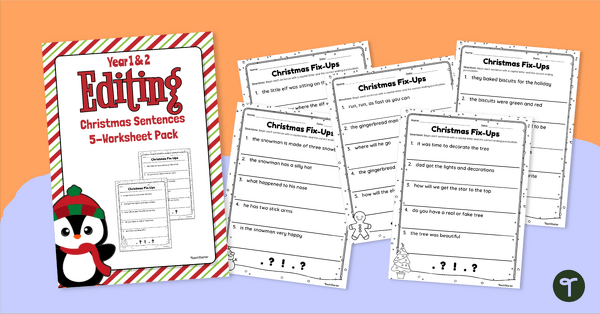
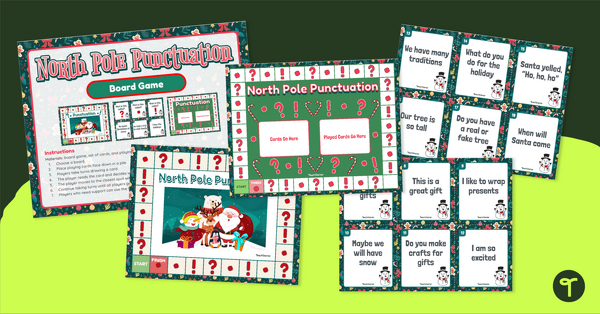
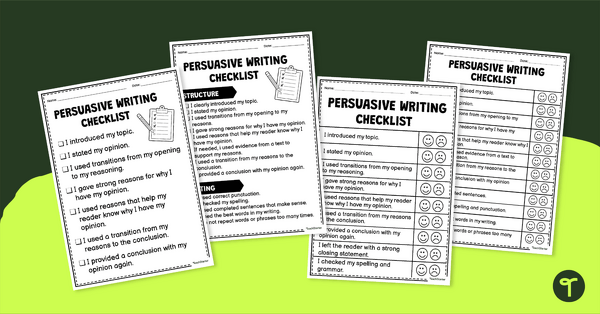
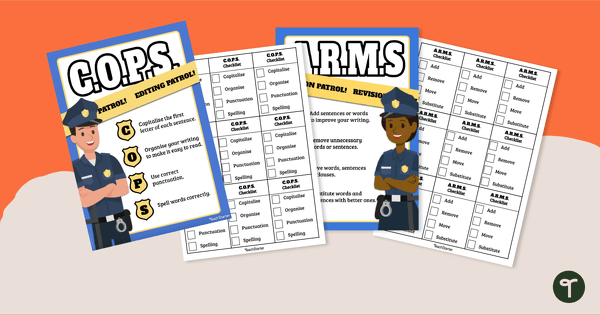
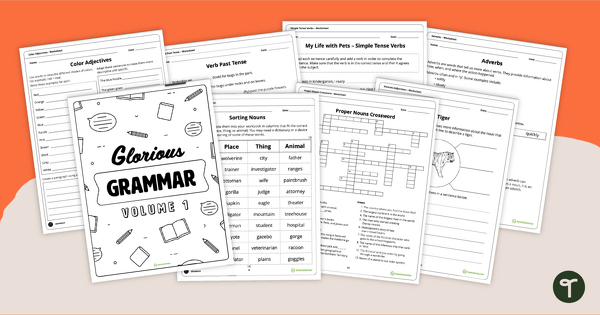
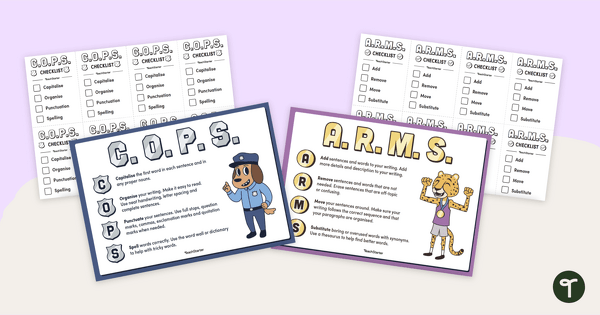
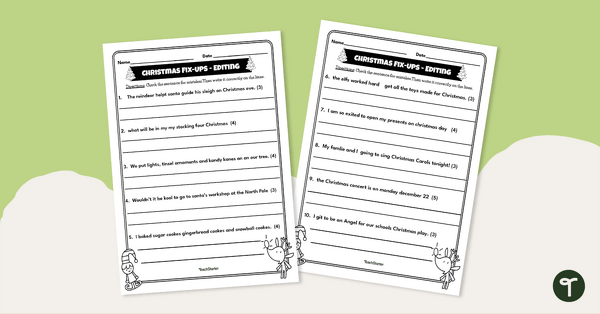
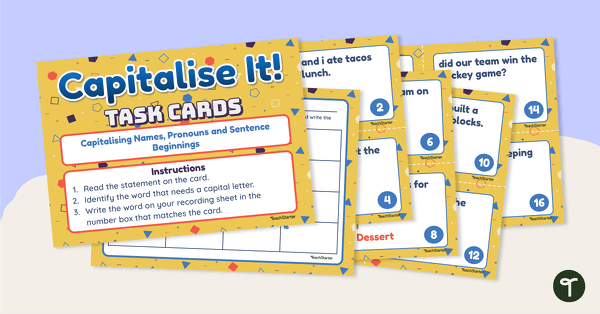
0 Comments
Write a review to help other teachers and parents like yourself. If you'd like to request a change to this resource, or report an error, select the corresponding tab above.